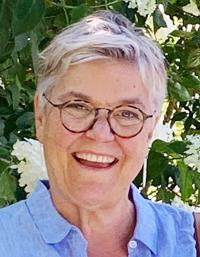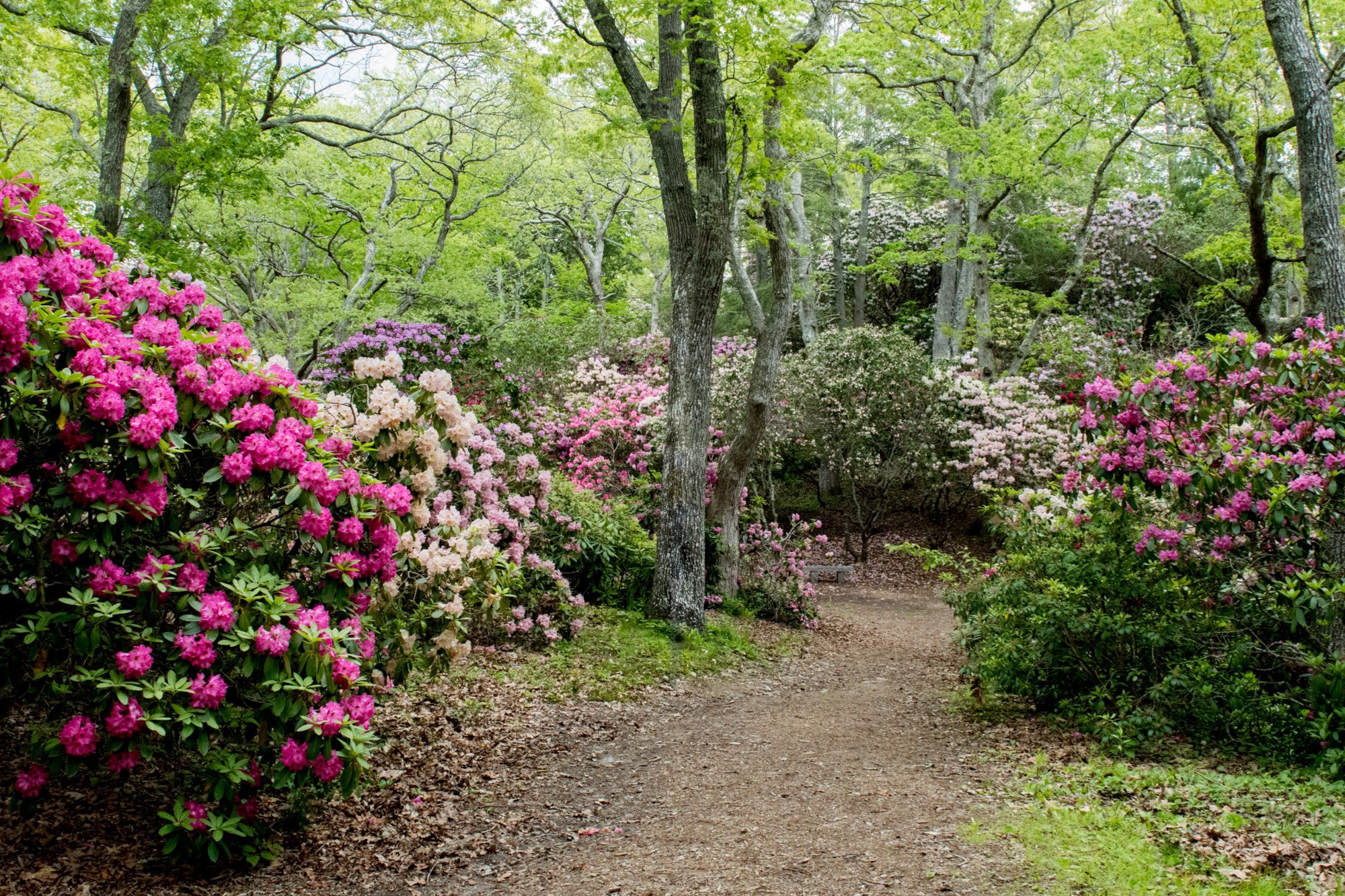Climate Action: Heritage Museums & Gardens Leading The Way
By: Judith Holt
Article featured in the August 19th, 2022 edition of the Sandwich Enterprise
The unsurpassed dedication to creating beautiful gardens and exquisite museum events at Heritage Museums & Gardens in Sandwich is equally matched in their commitment to sustainability.
A chance meeting I had with Anne Scott-Putney, chief executive officer and president, led to an “all-in” engagement with the entire organization to align with the state’s Decarbonization Plan to cut the emission of carbon dioxide by 50 percent in 2030 and 80 percent by 2050.
From the start, sustainability became part of their strategic plan, which calls for Heritage Museums & Gardens to “model and interpret environmental sustainability.” I have been honored to join their board of trustees, working on this plan together. They are certainly leading the way.
“Sustainability is fundamental to the mission of Heritage.”
Anne Scott-Putney, President, CEO, Heritage Museums & Gardens
Through several projects, we began by analyzing their carbon footprint—the amount of carbon dioxide they produce or absorb in a year. To curb climate change, we need to stop emitting carbon dioxide on the Cape, primarily through the current buildings and transportation.
The first project was to determine the amount of carbon sequestered (absorbed and stored) by the trees and plantings on their 100 acres of land. Teams of people went to predefined plots of land to measure all the stems in the plot at breast height. They also noted the type of tree or plant and its condition. There is a great deal of carbon contained on this property. But what counts is what they are sequestering annually, which is one-tenth of the carbon dioxide produced to heat, cool and light their buildings. Our focus went on to what they are emitting.
We know how much carbon dioxide is emitted because, with the help of Matt O’Keefe in finance and Christie Gamp, a volunteer, we recorded all their energy use for all fuels for the past nine years. It was very instructive. This data gave us their use over time and clarified use by fuel type, the effect of energy-efficient measures that occurred over time and impacts like moving from one fuel source to another. We learned, for instance, which buildings still needed work in terms of energy-efficient measures and which could benefit from installing heat pumps, which both heat and cool a building and are very efficient. We also reviewed all tools and vehicles in use and are moving away from the gas run and two-stroke engines to battery-run tools. This data provided us with a strategic energy plan and an accounting method to keep track of on-site work over the coming years. Les Lutz, director of horticulture and facilities management, has been instrumental in organizing and directing these plans for the agency. While soft-spoken, he is an effective and powerful leader in many aspects of the agency.
The data also showed us facts like the solar they purchased from a Cape Cod solar farm, signed up by John DeLellis, facilities and security manager, powers the Garden’s Aglow event, making it 100 percent carbon dioxide-free. It is delightful to think that the light and joy that radiate from that sparkling event come from the sun with no damage to the planet.
Moving forward, we will work with the Cape Light Compact and RISE Engineering to address the energy-efficiency needs and move to renewable energy sources. We have also analyzed incorporating solar on-site and new entry buildings in the design and planning stages. All new buildings will be built to high energy-efficiency standards. They will be powered by renewable energy either from their rooftops or from renewable energy off the grid. We will be able to provide 100 percent of the current electricity use (which is 47 percent of the total use today) through the renewable power program from Cape Light Compact starting this summer. As new buildings are built, more efficiency is achieved and movement from gas to electricity for heating and cooling is realized, this percentage will go up. They are off to a good start.
We also worked closely on their current exhibit, “Creating Cape Cod,” which chronicles the changing use of the Cape through time—from the days when Thoreau walked the shores to now when the population swells to accommodate 5 million summer tourists a year. The last third of the exhibit describes protecting Cape Cod in the future. We explain what is needed to protect the entire Cape moving forward environmentally and in terms of energy. This addresses water issues, the transportation sector, energy use, energy possibilities and social issues such as housing and energy justice. Jennifer Madden, director of collections and exhibitions, cleverly displayed this part of the exhibit as puzzle pieces that all need to fall in place to get it right. This exhibit is up until October and is not to be missed.
The Sustainability Program is now on its website, created by Judith Goetz, director of marketing and public relations. Go to this link: www.heritagemuseumsandgardens.org/about-us/sustainability.
Just recently, Heritage even went to the level of offsetting all travel’s production of carbon dioxide. When you take a flight, on average, 53 pounds of carbon dioxide are produced for every mile flown. Through a generous donation of his airplane for a trip to Nova Scotia, one trustee offered to offset the carbon dioxide generated by the flight with a donation to a climate change research organization. All flights at Heritage are offset in this manner. Additionally, trustees have been discussing ways in which they can personally act in their own lives.
All this is on top of previous efforts for sustainability, such as creating bioswales to manage effectively and drain all water runoff from parking and composting waste for use in the gardens. No stone goes unturned when it comes to sustainability.
From their leadership to all levels of staffing, organizational planning and programming, sustainability is clearly central to every discussion and action at Heritage Museums & Gardens.
Ms. Holt is a building, energy management and solar expert with more than three decades of experience. She lives in Sandwich.









